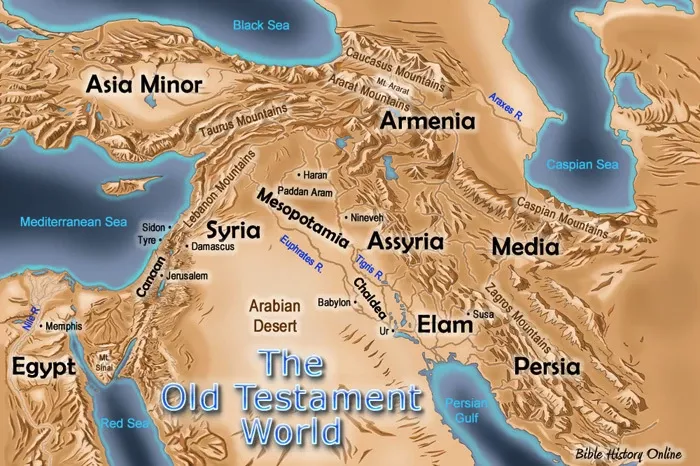Basic geography is the study of the earth's physical and human features, including landforms, bodies of water, climate, and human settlements. Understanding basic geography is important because it helps us understand how people interact with the environment and with each other.
The earth is divided into several major landforms, including continents, oceans, and mountain ranges. There are seven continents: North America, South America, Europe, Asia, Africa, Australia, and Antarctica. These continents are surrounded by five major oceans: the Atlantic, Pacific, Indian, Southern, and Arctic Oceans.
Within each continent, there are many different landforms and ecosystems, such as deserts, forests, and grasslands. These different ecosystems support a wide range of plant and animal life, and they have shaped human cultures and societies throughout history.
Climate is another important aspect of basic geography. Climate refers to the long-term weather patterns in a particular region, and it can have a major impact on the environment and on human activities. For example, regions with a dry climate may have difficulty supporting agriculture, while regions with a wet climate may experience frequent flooding.
Human settlements are also an important aspect of basic geography. Humans have built cities, towns, and villages in many different parts of the world, and these settlements have been shaped by factors such as geography, climate, and natural resources. Understanding human settlements is important because it helps us understand how people live, work, and interact with each other.
By studying basic geography, we can gain a deeper understanding of the world around us and the ways in which humans and the environment interact. We can also develop a greater appreciation for the diversity and complexity of the world's ecosystems and cultures.
